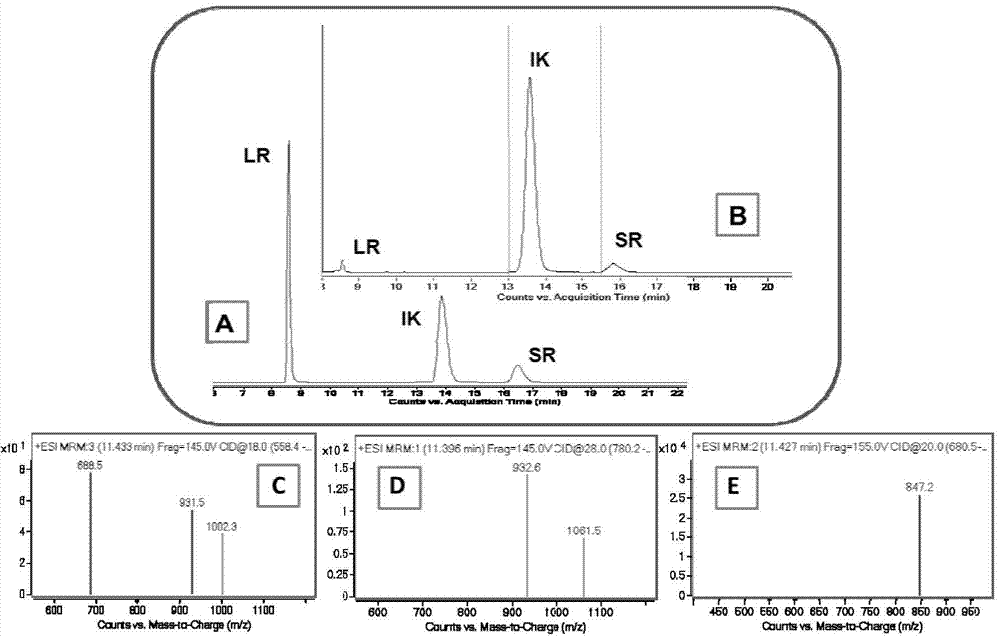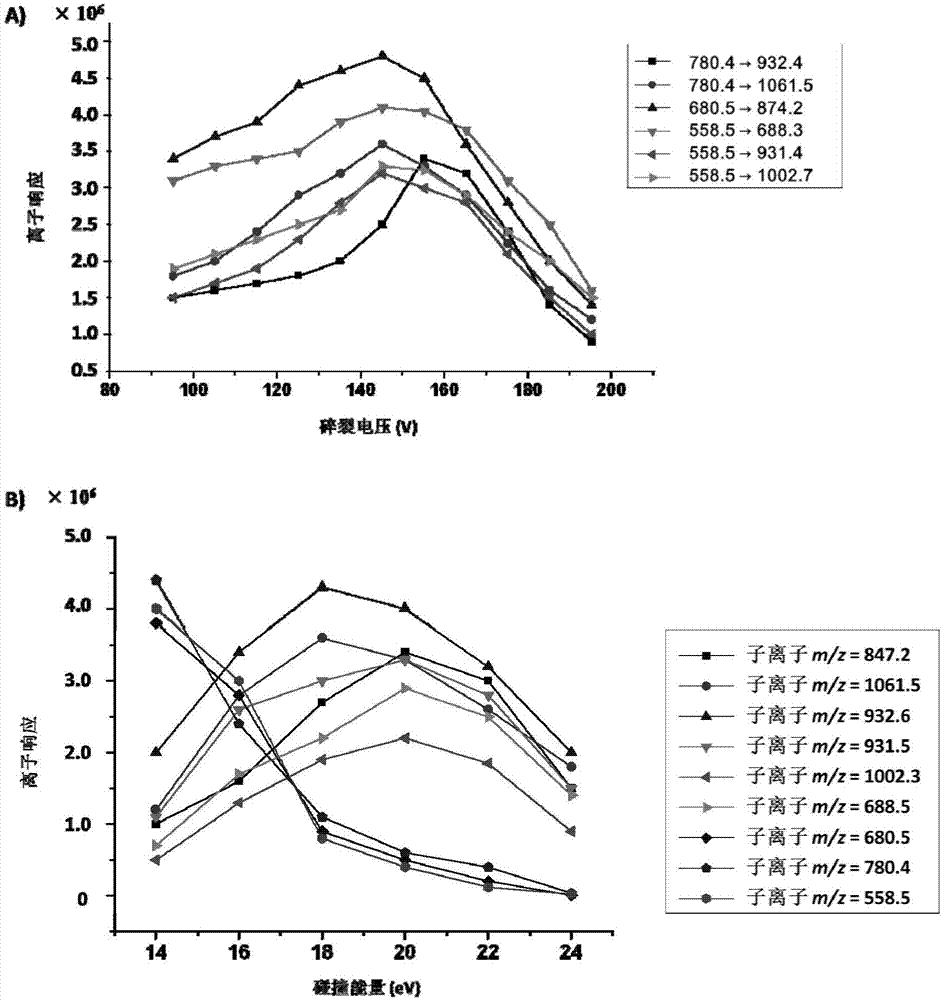Quantitative detection method for transgene protein CP4-EPSPS in plant
A CP4-EPSPS, quantitative detection method technology, applied in the direction of measuring devices, instruments, scientific instruments, etc., can solve the problems of inability to apply transgenic protein detection, limit the application range, reduce the quantitative accuracy based on immunology, etc., and achieve the reduction of biological safety Hidden dangers, recovery rate, satisfactory stability, and high sensitivity
- Summary
- Abstract
- Description
- Claims
- Application Information
AI Technical Summary
Problems solved by technology
Method used
Image
Examples
Embodiment Construction
[0021] Embodiments of the present invention are described below with reference to the drawings. Elements and features described in one drawing or one embodiment of the present invention may be combined with elements and features shown in one or more other drawings or embodiments. It should be noted that representation and description of components or processes that are not relevant to the present invention and known to those of ordinary skill in the art are omitted from the drawings and descriptions for the purpose of clarity.
[0022] The present invention will be further described below in conjunction with the accompanying drawings.
[0023] 1 Materials and methods
[0024] 1.1 Reagents (Table 1)
[0026] Reagent name
Specification
production company
Synthetic peptide ITGLLEGEDVINTGK
95.52%
Beijing Saibaisheng Gene Technology Co., Ltd.
Synthetic peptide SFMFGGLASGETR
97.27%
Beijing Saibaisheng ...
PUM
| Property | Measurement | Unit |
|---|---|---|
| correlation coefficient | aaaaa | aaaaa |
Abstract
Description
Claims
Application Information
 Login to View More
Login to View More - R&D
- Intellectual Property
- Life Sciences
- Materials
- Tech Scout
- Unparalleled Data Quality
- Higher Quality Content
- 60% Fewer Hallucinations
Browse by: Latest US Patents, China's latest patents, Technical Efficacy Thesaurus, Application Domain, Technology Topic, Popular Technical Reports.
© 2025 PatSnap. All rights reserved.Legal|Privacy policy|Modern Slavery Act Transparency Statement|Sitemap|About US| Contact US: help@patsnap.com



